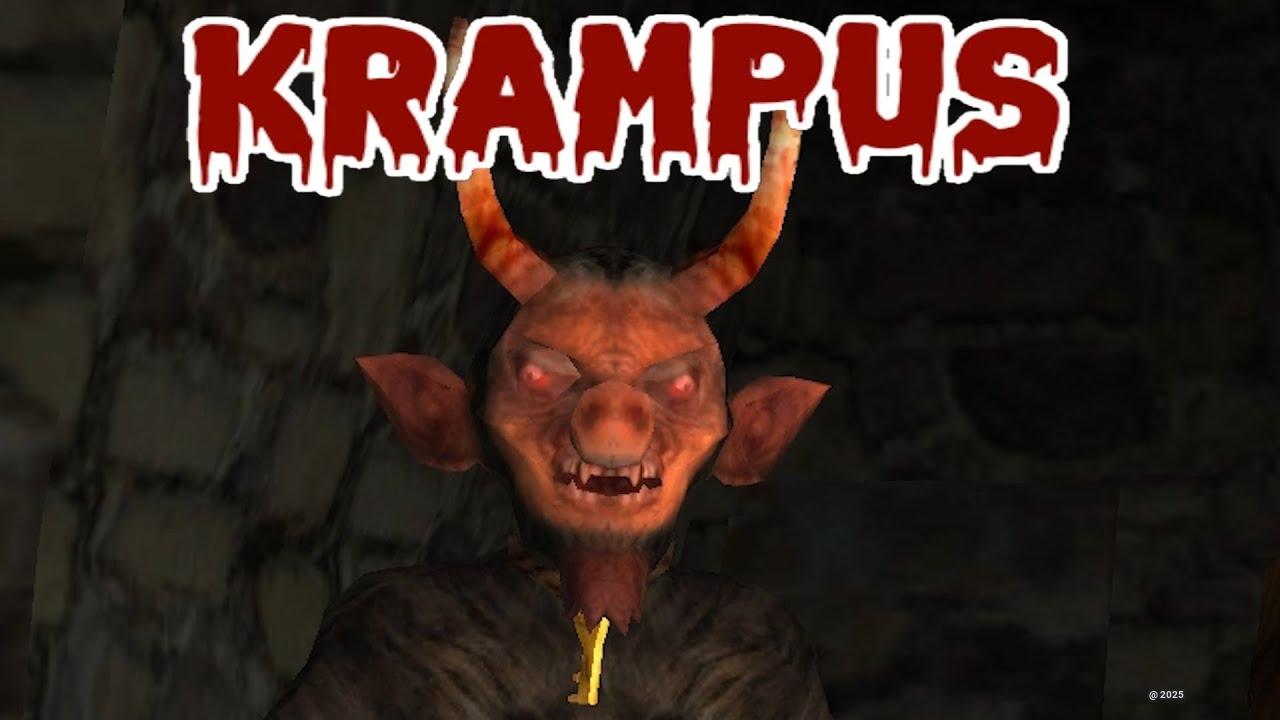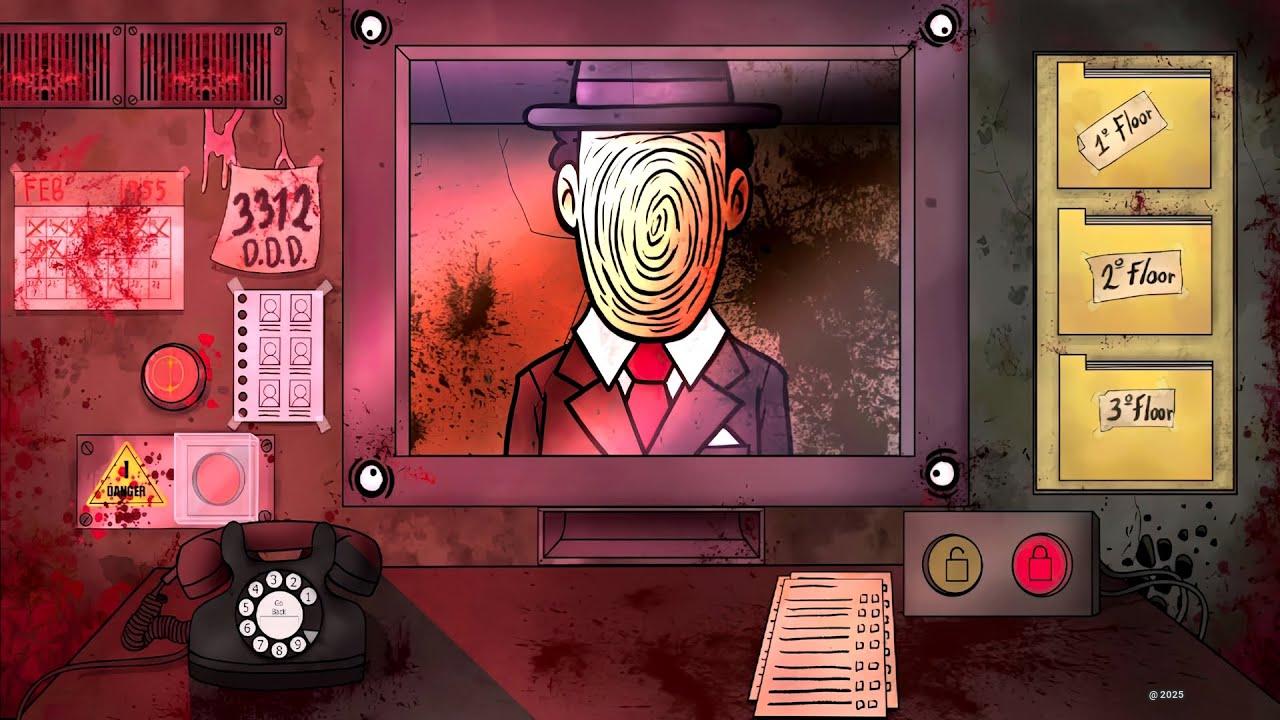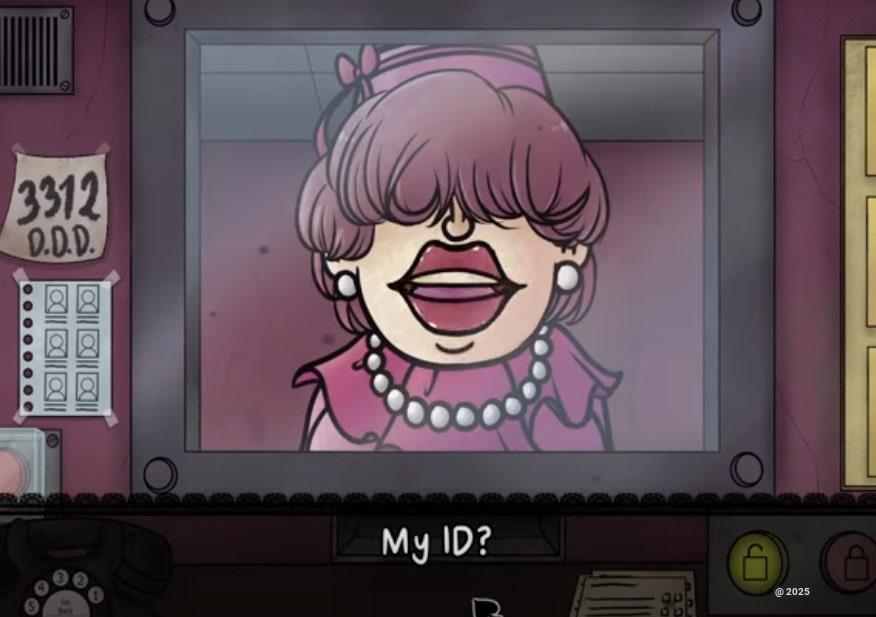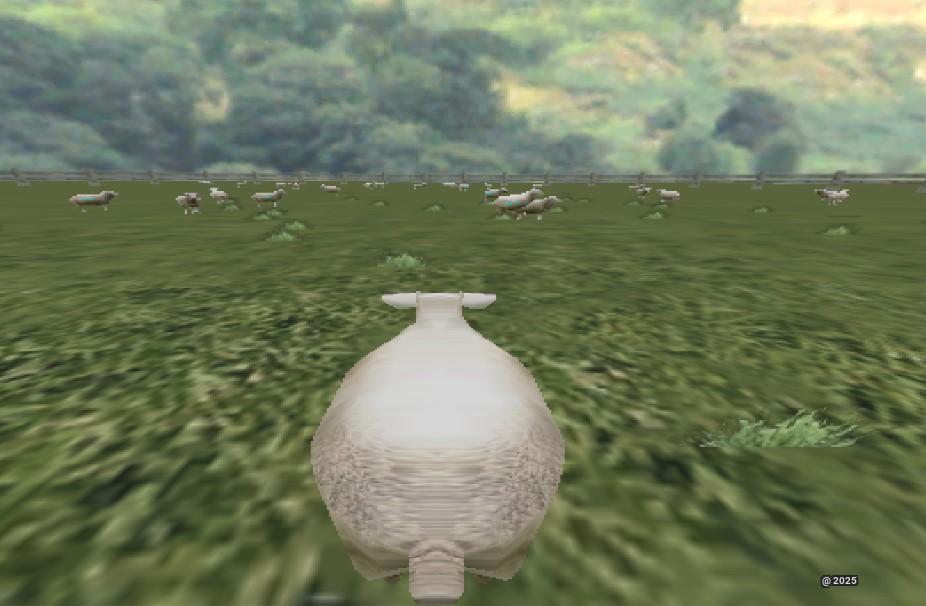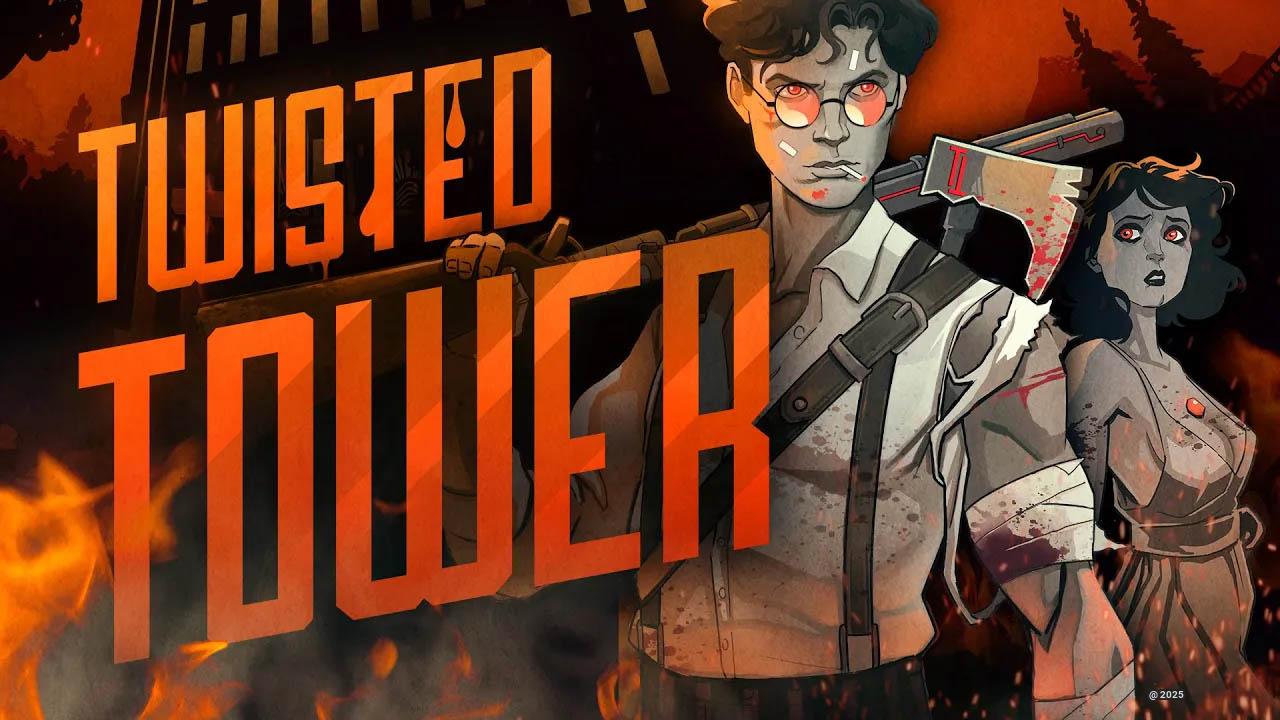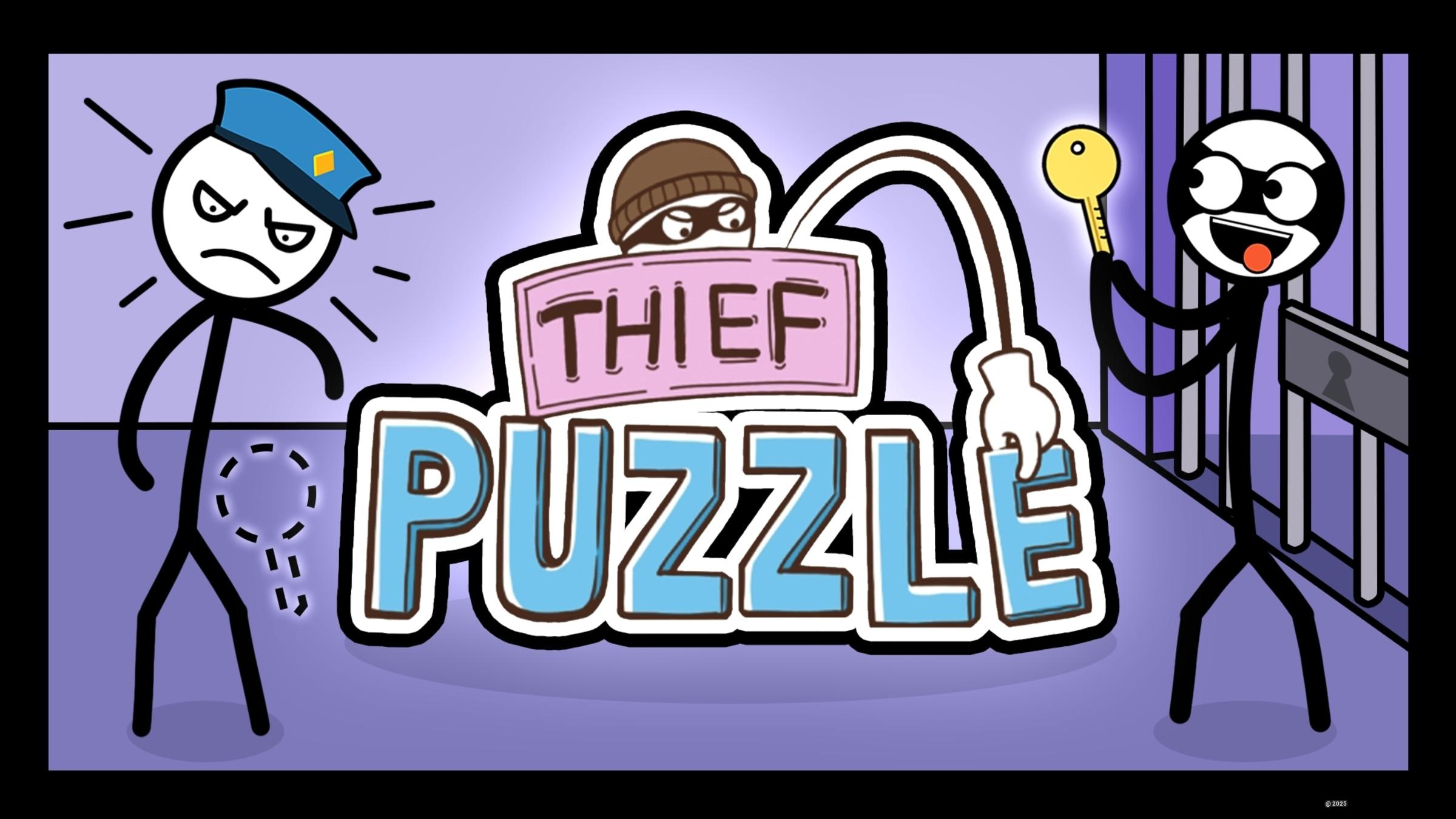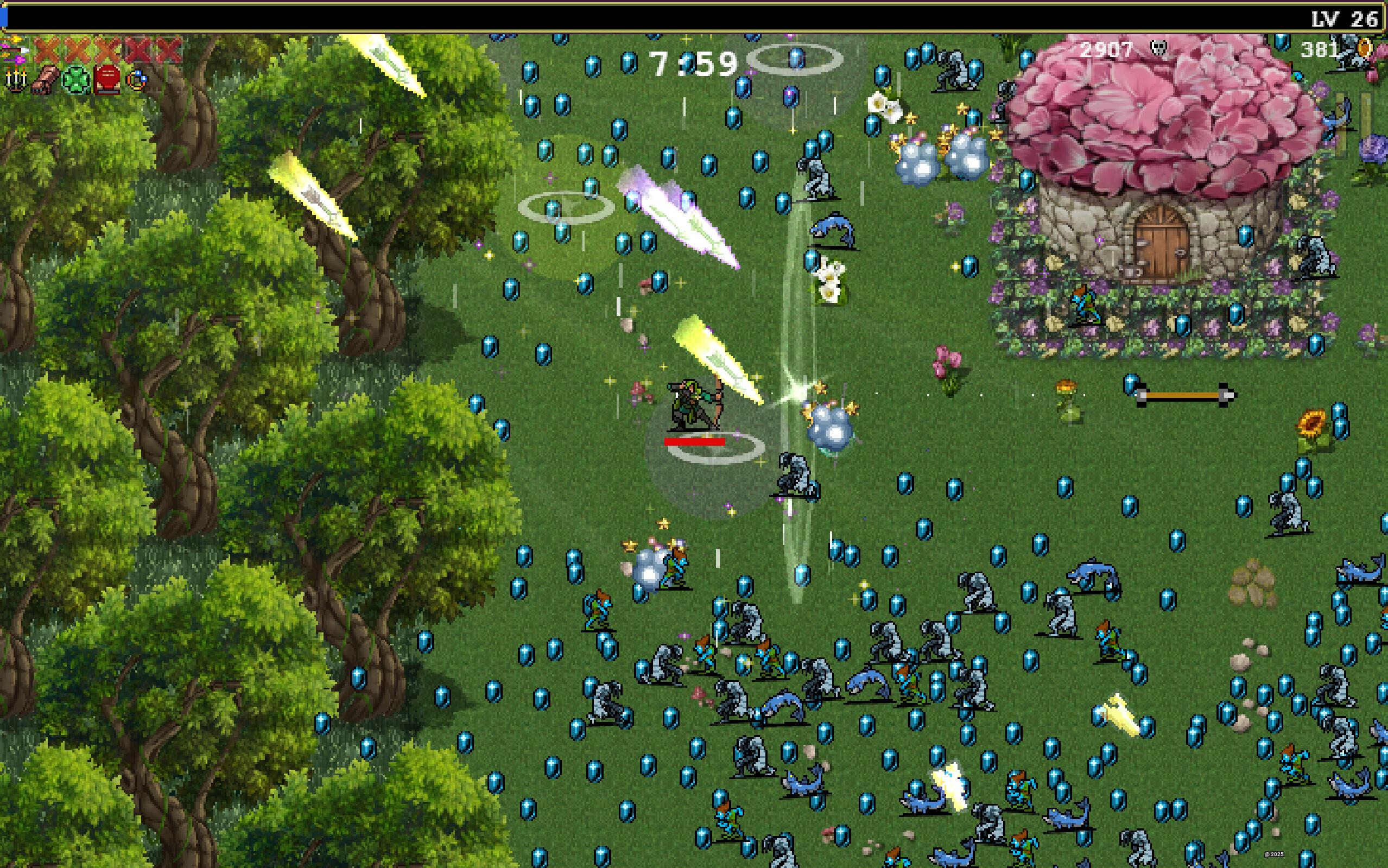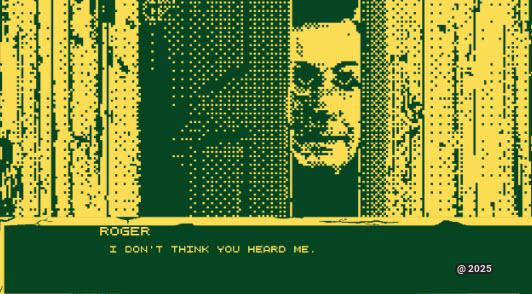Krampus is more than just a mythical figure; he represents a thrilling blend of folklore and horror that captivates audiences. Originating from Alpine traditions, Krampus is known as the horned counterpart to Saint Nicholas, punishing naughty children during the festive season. This dark twist on holiday cheer has inspired various adaptations, including the chilling horror game, “Krampus.”
In this game, players are thrust into a tense battle against the legendary demon, where survival hinges on their ability to set traps and outsmart this fearsome creature. The stakes are high, and the atmosphere is thick with dread, making every decision crucial.
Key Takeaways:
- Krampus embodies the darker side of Christmas folklore.
- The horror game challenges players to defeat the demon rather than just escape.
- It combines puzzle-solving and strategy with an immersive, atmospheric experience.
Join us as we explore the terrifying world of Krampus, where the line between holiday spirit and horror blurs, leaving players on the edge of their seats.
About Krampus
Krampus is a fascinating figure steeped in Central European folklore. He’s often depicted as a horned, devilish creature who punishes naughty children during the Christmas season.
Originating in Germany, his name comes from the German word “Krampen,” which means “claw.” This adds a sinister twist to the holiday spirit, contrasting sharply with the jolly St. Nicholas. While St. Nicholas rewards good behavior, Krampus is there to remind us that misdeeds have consequences.
In folklore, Krampus is said to appear on the night of December 5, known as Krampusnacht. On this night, he roams the streets, often accompanied by St. Nicholas. Children who have been good receive gifts, while those who have been naughty might find themselves on the receiving end of Krampus’s wrath. This blend of reward and punishment creates a unique dynamic that has fascinated people for centuries.
The figure of Krampus serves as a reminder of the darker aspects of human nature and the consequences of misbehavior. His grotesque appearance and menacing demeanor evoke fear, making him a memorable character in the holiday narrative.
Gameplay and Objectives
In the horror game Krampus, players find themselves in a chilling environment where they must navigate the tension between survival and strategy. Unlike many horror games where the goal is simply to escape, here, players must confront the legendary Christmas demon head-on. The objective is to set a trap for Krampus before he catches you. This adds a layer of excitement and urgency to the gameplay.
The core mechanics involve collecting specific items scattered throughout the eerie landscape. These items are crucial for completing a powerful ritual that can trap Krampus. However, gathering these items is no easy feat.
Players must remain stealthy and quick, as Krampus lurks in the shadows, ready to strike at any moment. The tension escalates as the game progresses, with Krampus becoming more aggressive and unpredictable.
Players must think critically about their actions. Each decision can lead to success or failure. For example, if you take too long to collect items, Krampus might catch you off guard. Therefore, balancing speed with caution is key.
The game cleverly combines puzzle-solving elements with the thrill of being hunted, creating an immersive experience that keeps players on the edge of their seats.
Historical Origins of Krampus
What are the historical origins of Krampus? Krampus is a half-goat, half-demon figure rooted in Central European folklore. His story dates back to pre-Christian times, where he was linked to pagan winter solstice rituals. The name “Krampus” derives from the German word “Krampen,” meaning “claw,” which perfectly encapsulates his fearsome nature.
Historically, Krampus was believed to be the son of Hel, the Norse goddess of the underworld. With the rise of Christianity, he became associated with Christmas traditions, despite efforts by the Catholic Church to suppress his legend. The church wanted to promote the more benevolent figure of St. Nicholas, but Krampus persisted as a symbol of punishment for the naughty.
On December 5, Krampusnacht, he and St. Nicholas would appear together. While St. Nicholas rewarded good children, Krampus would punish the naughty ones, sometimes taking them to hell. This duality of reward and punishment is a powerful theme in folklore, reflecting societal values about morality and behavior.
The festivities surrounding Krampus have evolved over time. The “Krampuslauf,” or Krampus run, is a popular event where people dress as Krampus and parade through the streets. This celebration often involves alcohol and merriment, blending the dark aspects of Krampus with festive cheer.
In recent years, Krampus has gained popularity beyond Central Europe, appearing in various horror films and becoming a symbol of the darker side of Christmas.
Cultural Significance and Modern Interpretations
Krampus holds a significant place in Central European culture, contrasting sharply with the figure of St. Nicholas. This duality emphasizes the importance of good behavior during the festive season. In modern interpretations, Krampus has become a cultural icon, representing the balance between joy and fear during Christmas.
Krampus Night has evolved into a social event that blends folklore, mythology, and holiday festivities. This celebration highlights the importance of community and tradition, as families come together to share stories and experiences related to Krampus.
Despite its pre-Christian origins, Krampus remains relevant in contemporary culture, often celebrated with parades and events that attract both locals and tourists.
In recent years, Krampus has also found his way into popular media, appearing in movies, TV shows, and even video games. This resurgence reflects a growing interest in folklore and the desire to explore the darker aspects of holiday traditions.
The character of Krampus serves as a reminder that the holiday season isn’t just about joy and giving; it also encompasses themes of morality and consequence.
Similar Games
Final Words
Krampus, the horned figure of Alpine folklore, serves as a chilling reminder of the balance between good and evil during the festive season. As the dark counterpart to Saint Nicholas, he punishes naughty children, embodying the consequences of misbehavior. This duality is not only a fascinating aspect of Christmas traditions but also a compelling theme explored in the horror game Krampus. Players are thrust into a tense environment where they must outsmart this relentless demon, setting traps and gathering items to survive.
The historical roots of Krampus trace back to pre-Christian pagan rituals, evolving over centuries into a cultural icon that contrasts sharply with the jolly image of Santa Claus. Celebrated on Krampusnacht, he reminds us that the holiday spirit encompasses both joy and fear, a lesson that resonates in modern interpretations of his character.
As we reflect on Krampus, we recognize his significance in folklore and contemporary storytelling. He challenges us to consider the moral implications of our actions, making him a powerful figure in the narrative of Christmas.
Whether through games, films, or traditional celebrations, Krampus continues to captivate audiences, reminding us that the holiday season is not solely about cheer, but also about accountability and reflection.

